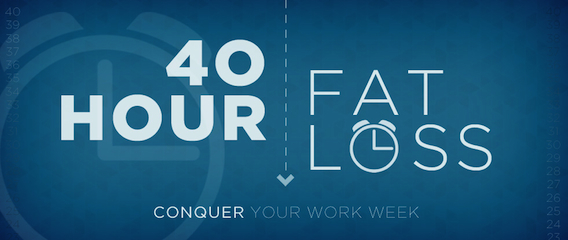Written by Team Juggernaut
Prehab and Mobility drills to Promote Longevity
Dr. Jason Reynolds DC, DACBSP, EMT
The timing of Dr. Pierce’s article on Tissue Healing last week and the creation of this article are 2 topics hitting close to home for Paradigm Performance. An unfortunate yet serendipitous event is the motivator for this well written article (not my words). If you are a friend to the world of sports and fitness you will have heard of CrossFit. If you are a Friend and follower of Juggernaut Training Systems you will have read “The Problem with CrossFit for Athletes.”
This brings us to THE event. Last Tuesday Aug.31st the same day Dr. Pierce’s genius mind was finishing up its finalthoughts about tissue healing, The mid-belly of my Triceps Brachii (long head) decided to begin a journey of tissue healing of its own. Yes a grade 2 partial thickness tear to my triceps. I’m sitting in a colleague’s office waiting for him to run a diagnostic musculoskeletal ultrasound on my arm, and then it occurs to me; I should have heeded my knowledge in biomechanics, energy systems, performance programming, tissue healing and Juggernaut’s great article I mentioned above and said to myself, CrossFit is not for me. Instead I went with my animal instinct and attempted to conquer what was seemingly an easy workout. After the injury and confirmation that a 2.5cm tear in my triceps with an accompanied hematoma, that caused my arm to swell as if I had cellulitis or some type of progressing infection, I started to question my support of CrossFit, and the ability of my aged 28 year old body to perform.
Where GPP and Injuries Meet
In the hunt for article topics, Juggernaut had proposed some that they thought would be great for you, the reader, and this topic was one that fit perfectly considering it is the one concept in performance training or rehabilitation that I believe is lacking, and it was the key to why I was personally injured. Preparation for your sport or activity is more important then the specificity or skill training for that sport or activity. Anyone can train to run, jump, throw, etc., but if they are not prepared for the volume or intensity then they can expect to be mediocre at best or even worse, they can expect an injury. Come one did you really think that CrossFit was to (fully) blame? And certainly 28 is not too old to be elite just ask Lashinda Demus, or Kim Collins if you get better with age.

If you hang around our gym/office you will hear the letters GPP thrown around as if it was the new conversational silence filler replacing umm… GPP is General Physical Preparedness. In the world of physicians involved with sports medicine this correlates with Neuro-muscular control. This creates the framework for every athletic movement or physiologic endeavor that the body will be performing. At its most rudimentary roots: you need to crawl before you walk, you need to walk before you run. We are all familiar with this old adage and the application of this maxim holds true to performance training. The exercises and movement patterns that build this framework are known as prehabilitation. When an athlete is preparing for a season of competition or coming off of an injury, the prehab that is utilized before and throughout performance training will ultimately dictate their susceptibility to injury, and set the ceiling for performance gains. Interested in no injuries and no ceilings? You better train for the long haul by incorporating some basic prehab to insure your longevity as an athlete. Prehab is simple and does not take much time. To have an incessant mind set that preparation is the key is the ultimate challenge. If someone told you at the expense of 15-30 minutes more a day you could go from Bronze to Gold, 3rd round pick to 1st round, and/or improve your skills testing marks what would you say? You wouldn’t say anything because you would be busy doing those prehab and mobility drills. The goal of Prehab and mobility training is to ingrain (neurologically) proper movement patterns, and posturing and create new physiologic ranges of motion while sparing stress to the anatomical ranges of motion. Like a good prehab program, this article has created the framework for Part II of “Training for the Long Haul: Prehab and Mobility drills to Promote Longevity.” We will explore 4 areas that either limit an athlete’s performance or expose them to injury: Ankle dorsiflexion, hip internal rotation, lumbopelvic positioning, and glenohumeral SICKness. At the end of the month check back for part II which will include pictures and videos of some prehab movements that we utilize with our athletes and patients at Paradigm Performance Chiropractic.






